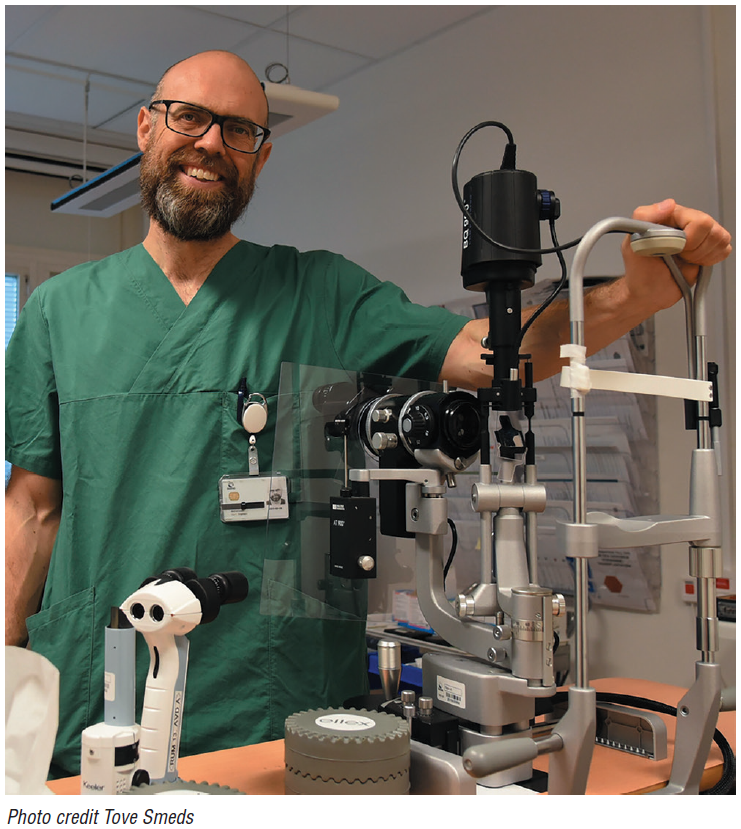Keratoconus and Cross-linking
Seeking consensus on disease progression in keratoconus. Dermot McGrath reports from the 39th Congress of the ESCRS in Amsterdam.

Dermot McGrath
Published: Wednesday, December 1, 2021

Seeking consensus on disease progression in keratoconus. Dermot McGrath reports from the 39th Congress of the ESCRS in Amsterdam.

Published: Wednesday, December 1, 2021
